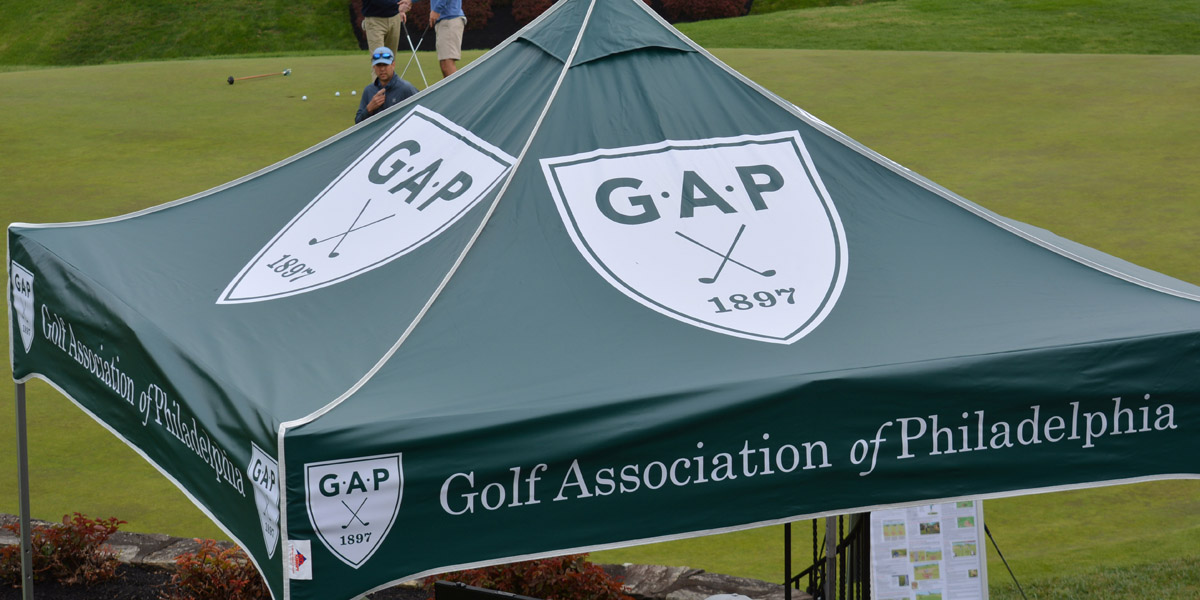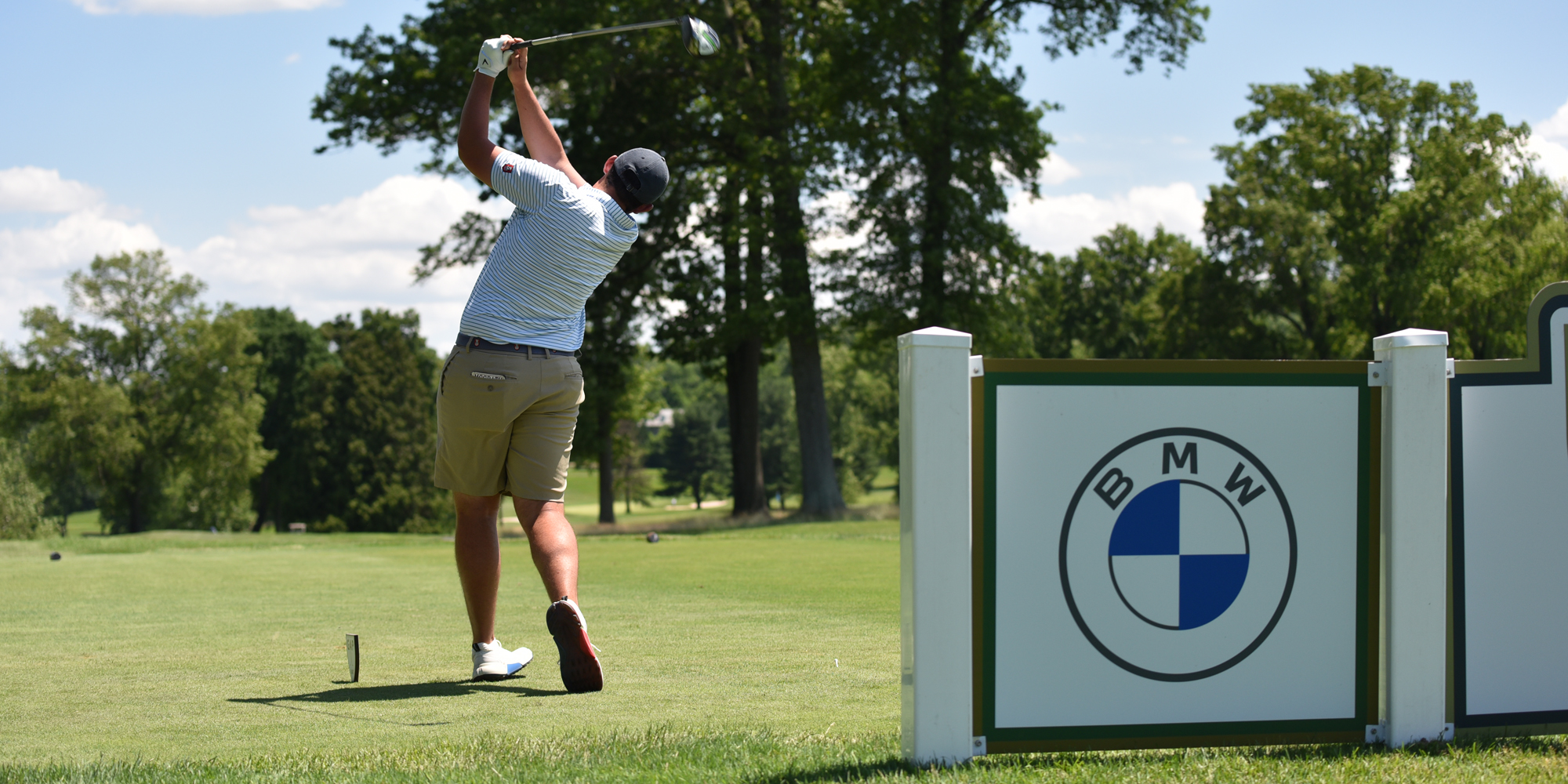What does this winter weather mean for grass, golfers?By Darin S. Bevard This is the million dollar question in the Philadelphia area and beyond, isn’t it? For the golfers, the answer is pretty simple. This weather means cabin fever and great anticipation for getting on the course with that new, shiny driver that is still leaning in the corner reminding you that you haven’t been able to play golf this year; unless of course you have been fortunate enough to travel to warmer climates for some sun and winter golf. For the grass, the answers are not so simple. With the duration of snow cover as well as extreme cold temperatures relative to recent years, concern is growing over potential damage to the grass when the snow finally recedes. Hopefully, the recent thaw allows some plugs to be removed from Poa annua putting greens or even bermudagrass practice tees so that turfgrass health can be evaluated. To date, frozen ground has prevented plugs from being removed. Many have asked whether or not snow and ice should be removed from greens to expose the grass. There are positive and negative implications for snow and ice removal. The benefit of the snow and ice cover is that it insulates the grass and soil against rapid temperature change which is very important when nighttime temperatures may dip into the single digits. However, if ice is present long enough between the snow and the green (or other turfgrass surface), low oxygen conditions can lead to turfgrass death. The general rule of thumb for ice cover for Poa annua (creeping bentgrass is not a concern at this point) is that 40 days of ice cover can be problematic, but there have been instances where shorter periods of ice cover have caused decline and longer periods caused no problems. These are not cut and dry scenarios because many variables are involved beyond duration of ice cover. So do you remove the snow and ice to eliminate the concern for low oxygen conditions and subject the grass to potential lethal cold temperatures? Do you leave the snow cover in place to insulate the grass from cold temperatures? In all honesty, if I could definitively answer this question, I would not need to write this article. Length of ice cover and forecasted temperatures in the coming days needs to be considered. Those of us on the turfgrass side are as anxious as any golfer about what the late winter and early spring will bring. Nobody wants to see damaged grass. When winterkill does occur, the immediate question is what did we do cause winterkill or what didn’t we do to prevent it? All parties involved must understand that the causes of winterkill are poorly understood. Sensitive grasses such as Poa annua, perennial ryegrass and bermudagrass are more susceptible to winterkill. Creeping bentgrass winterkill is rare in this region, although it can be damaged by winter diseases. Another question that will surely come up once the snow does recede is whether or not aeration of putting greens can be skipped this spring. After all, with no golfer traffic, there is no compaction and no need to aerate, right? WRONG. In modern turfgrass management, the primary purpose of aeration on putting greens is to manage thatch accumulation so that firm conditions can be maintained at the surface. Compaction is part of the equation, but not the biggest part of the equation, and the winter weather does nothing to change this fact. The bottom line is that we still do not know how severe the problems from this winter weather will be. There will almost certainly be some damage, but whether this is isolated or widespread remains to be seen. In the short term, be patient and develop contingency plans in the event that winterkill does occur. What methods will be used to provide recovery? In the long term, be understanding if winterkill does occur realizing that this problem is going to happen from time to time in spite of everyone’s best efforts. This winter has been a tough one, and it isn’t over yet. Darin S. Bevard is Director of the USGA Green Section’s Mid-Atlantic Region. |
About
Founded in 1897, GAP continues to champion golf for the benefit of the game in its region and beyond.
About HomeA Walk Through Time
GAP is the oldest state or regional golf association in the country. It started courtesy of a friendly competition – the Team Matches – and has grown into the preeminent golf association in the country. Along the way, golf history has been made.



